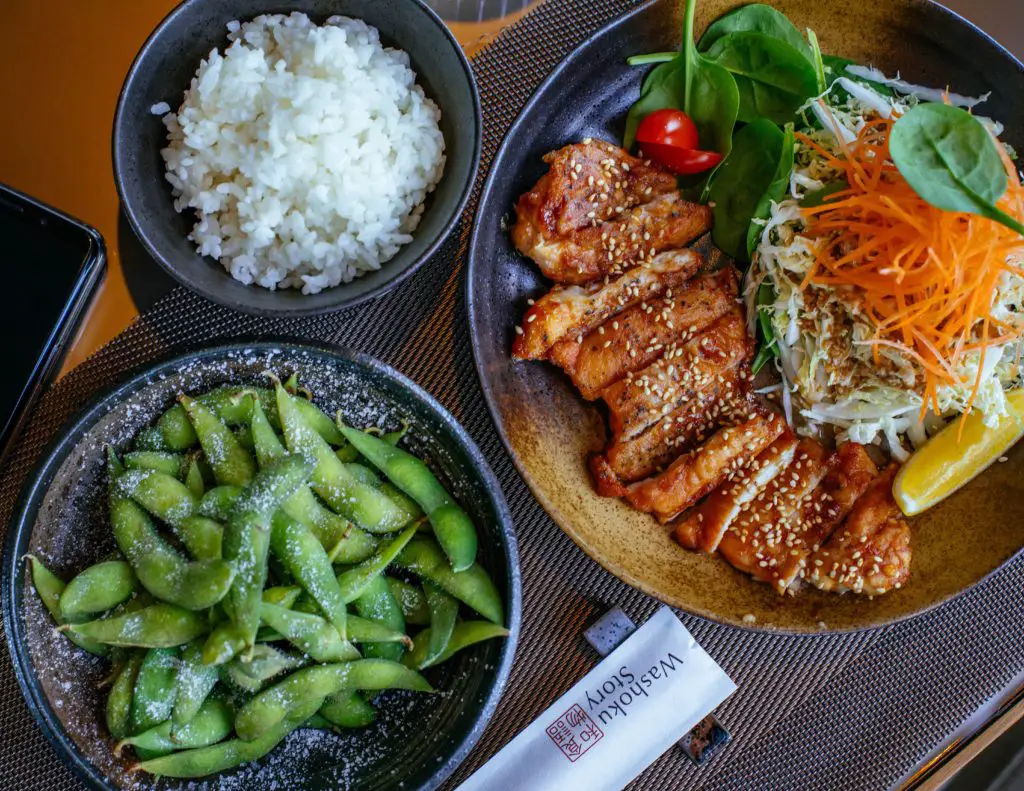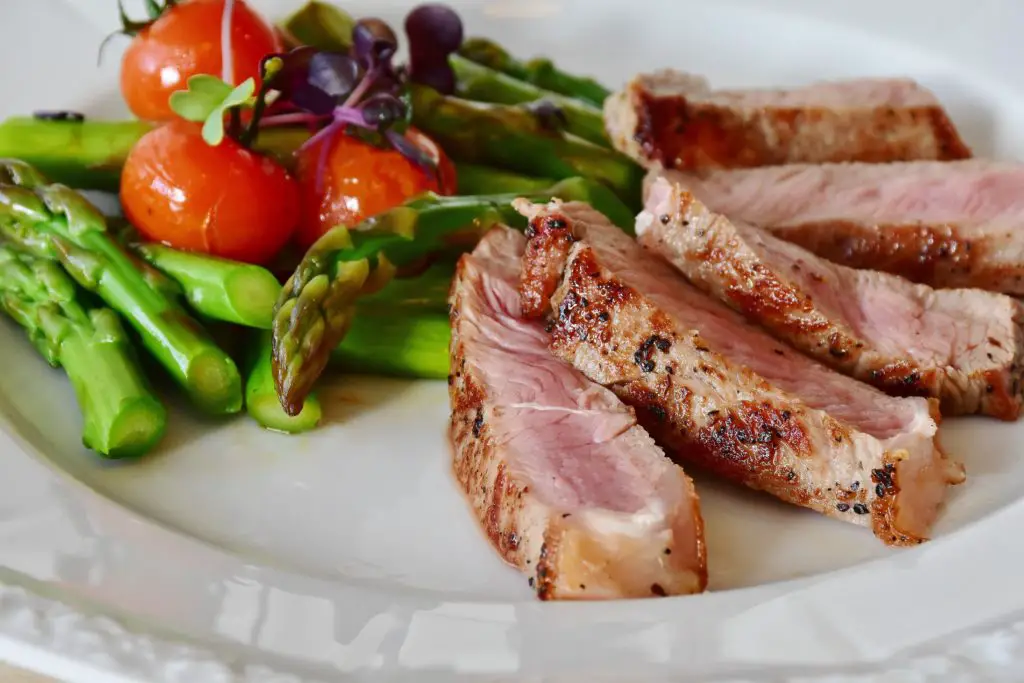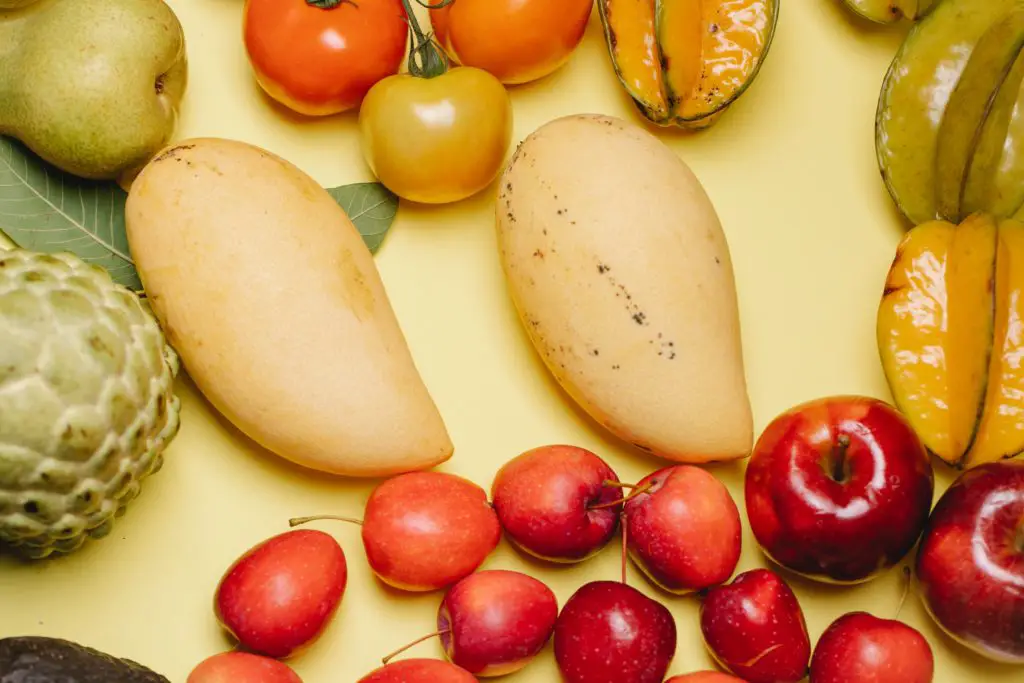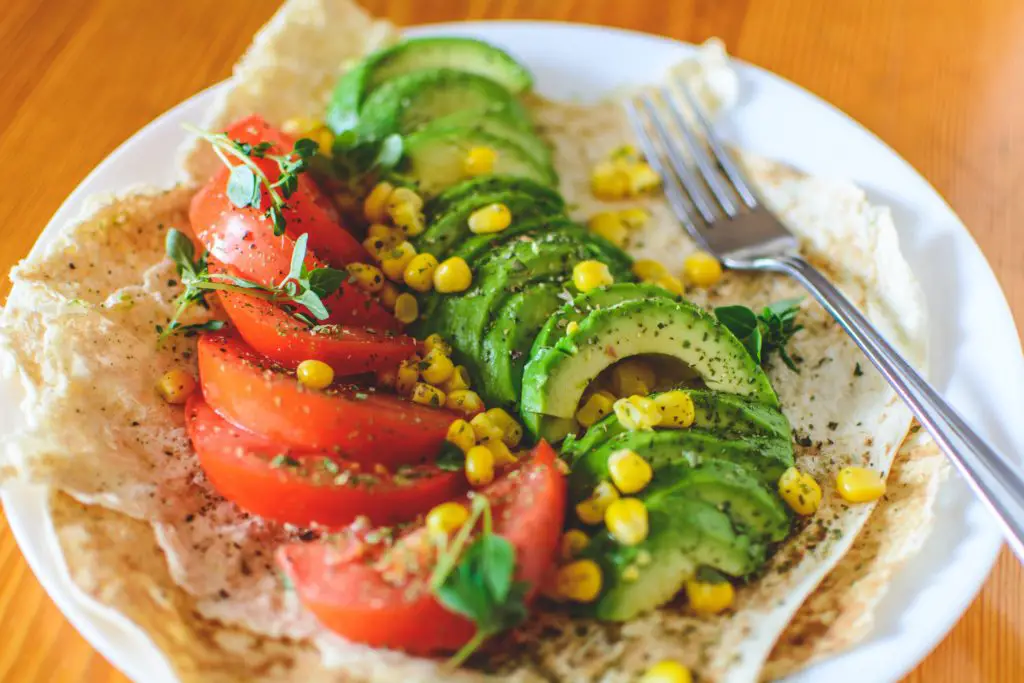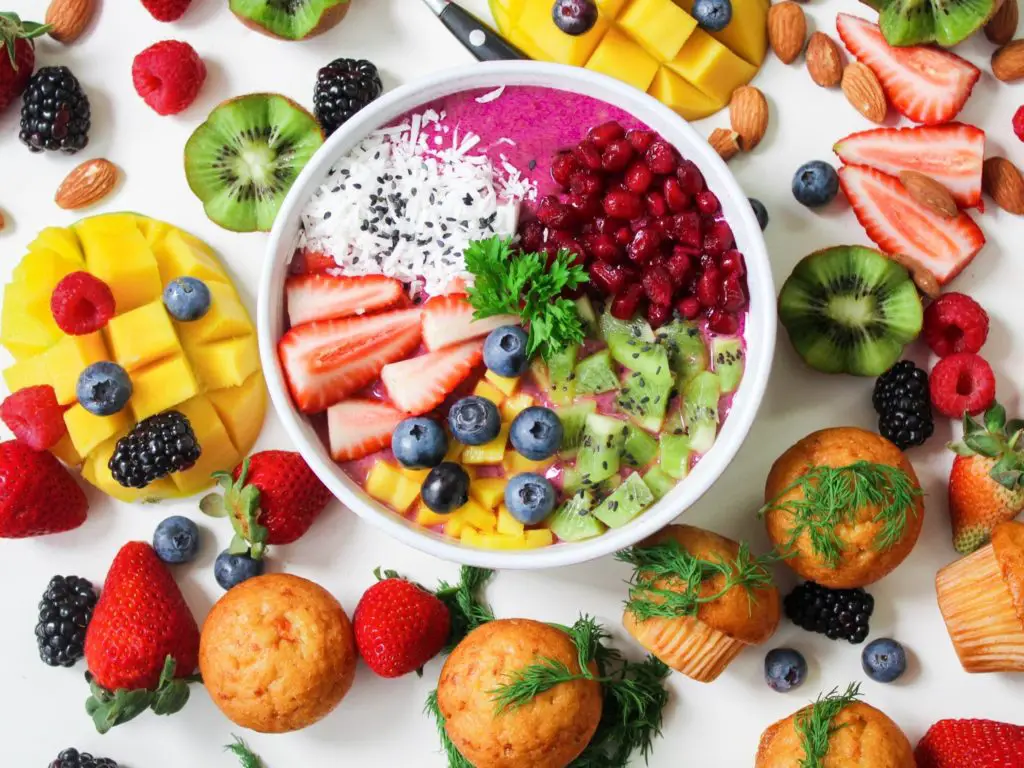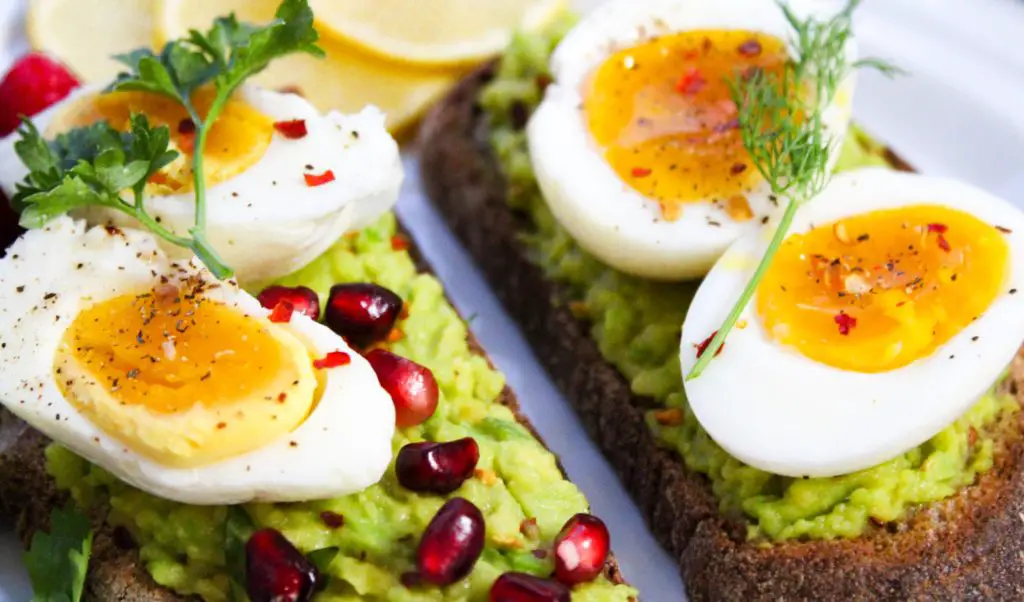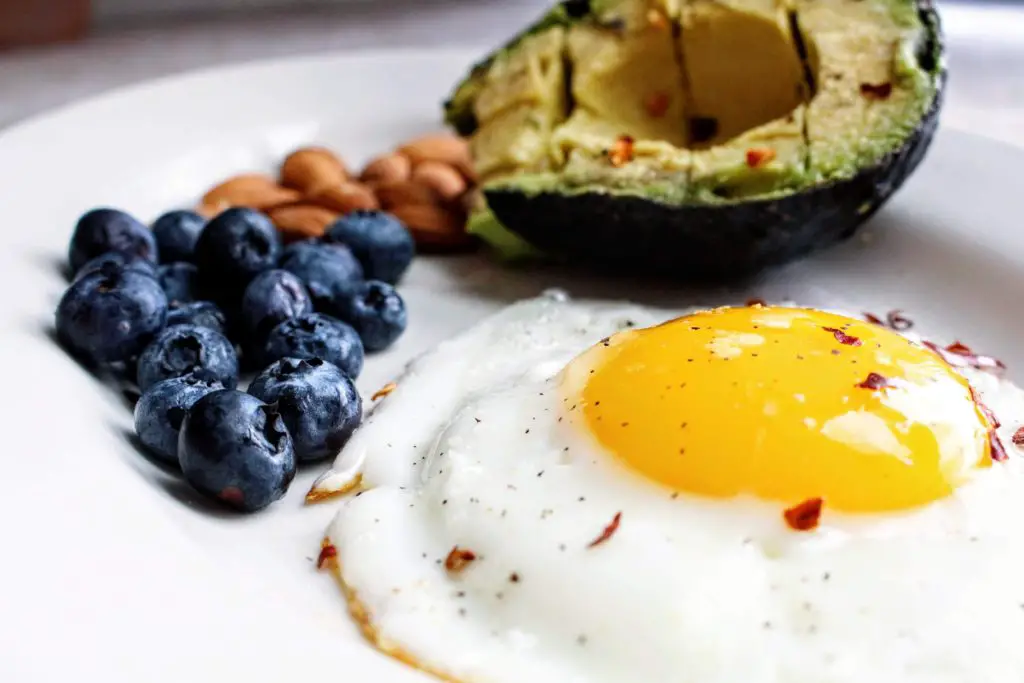What is Nutritarian Diet?
You’ll lose weight, keep it off and reach peak health – without counting calories – through whole-plant and nutrient-rich foods by following the Nutritarian diet, according to the doctor who created it.
Break out the salad bowl: Filling up with plant-based, nutrient-dense, disease-fighting superfoods, while limiting animal protein and processed choices – even olive oil – resets and retrains your palate to savor more natural, healthier foods. Nutritarian guidebook empowers you to reach your ideal weight while warding off heart disease, diabetes, some cancers, and autoimmune conditions and you could live to be 100.
Through his books on healthful eating, including the 2011 “Eat to Live: The Amazing Nutrient-Rich Program for Fast and Sustained Weight Loss,” Dr. Joel Fuhrman, a family physician and president of the Nutritional Research Foundation, builds his program on findings from more than two decades of research on which foods and diets are most effective for promoting health and longevity.
Four core principles rule:
- “Nutrient density” ranks foods on how nutrient-packed they are per calorie. Cruciferous greens such as kale, collards and mustard greens garner top nutrient-density scores, while cola drinks scrape the bottom.
- “Nutrient adequacy” means taking in all the individual vitamins, minerals and omega-3 fatty acids you need.
- “Toxin avoidance” occurs as chemicals, carcinogens and infectious agents sometimes found in processed foods are naturally reduced.
- “Hormonal favorability” involves choosing carbohydrates with a lower glycemic load and reducing animal protein to keep low blood levels of hormones that have been linked to an increased risk of cancer (especially breast and colon cancer), hardening of the arteries and increased fat storage. Foods supplying the right amount of macronutrients – protein, fat and carbohydrates – as well as vital micronutrients – vitamins, phytochemicals and nutrients – and fiber will unleash the body’s power to heal itself and slow the ageing process.
Pros
- Health and longevity focus
- No calorie counting
Cons
- The salad could turn tiresome
- Healing claims may overreach
Popularity
Nutritarian Diet is Ranked:
- No.4 diet in Best Commercial Diet Plans
- No.5 diet in Best Diets for Diabetics (Tie)
- No.6 diet in Best Heart-Healthy Diets (Tie)
- No.6 diet in Best Plant-Based Diets
- No.7 diet in Best Weight-Loss Diets (Tie)
- No.8 diet in Best Fast Weight-Loss Diets (Tie)
- No.9 diet in Best Overall Diets (Tie)
- No.9 diet in Best Diets for Healthy Eating (Tie)
How does Nutritarian Diet work?
To get started on the Nutritarian diet, the first step is to pick your plan. You can use the Nutritarian diet as an ongoing, more flexible “Eat to Live” method, a six-week jump-start plan or a fast weight-loss “detox” diet. Choose the level that suits your needs.
The fastest weight-loss “10 in 20” detox program is geared toward a 10-pound weight loss in 20 days, as you rid your diet of unhealthy foods. As you break away from familiar processed foods, for the first few days you may feel tired and weak as you overcome cravings for sugar and salt you’ve been used to, the plan notes. But any withdrawal symptoms should ease after the first three days as your palate is reintroduced to natural textures and flavours.
The downloadable “10 in 20” plan spells out every detail, from your diet shopping list to unique meal plans for each day, one to 20, complete with recipes. From day one, you’ll jump right into full detox with both feet. Say goodbye to salt, sugar, dairy products and soda – including diet soda. Water is great; decaffeinated tea is cool, but if you can’t quit regular coffee altogether, limit yourself to a single daily cup.
The diet focuses on raw or cooked vegetables, and you can eat those foods in unlimited amounts, with caveats. Try hard not to eat between meals, the diet recommends, and during meals, stop eating before you feel full or stuffed. Cooked, starchy vegetables are allowed in limited amounts, as are raw nuts and seeds and avocados.
You might as well cover your grill – barbecued meats are strictly off-limits, along with cured and processed meats. Consider animal products such as fat-free dairy, eggs, wild fish, and organic meat as flavorings or condiments rather than entrees. A daily multivitamin plus a DHA/EPA supplement (omega-3 fatty acids) is recommended.
With the more flexible, but still fairly strict, six-week jump-start plan, the average person will lose about 20 pounds, according to Fuhrman.
For both the 20-day and six-week weight-loss plans, you eat all the raw veggies, cooked greens and other nutrient-rich veggies, beans, legumes, bean sprouts, tofu and fresh fruit you want (or more). Your goal is to consume 1 pound of raw vegetables; 1 pound of cooked vegetables such as eggplants, mushrooms, onions, carrots, tomatoes and cauliflower; 1 cup of beans, legumes, bean sprouts and tofu; and at least four fresh fruits daily.
You eat limited amounts of cooked, starchy vegetables and whole grains, as well as raw nuts and seeds, avocados, dried fruit and ground flaxseeds. Forbidden foods include dairy, meat and animal products, between-meal snacks, fruit juice, oils and added salt.
The overall long-term “Eat to Live” plan is more flexible, but the philosophy is the same. The Nutritarian diet has its own food pyramid – unlike in the U.S. Department of Agriculture version, dairy products don’t make the cut. The Nutritarian diet places less emphasis on grains, which are included, but limited, and more on vegetables. Beans are more prominent as a source of protein, while the meat is limited to two servings or fewer per week. Nuts, seeds and avocado have their own food group on the Nutritarian pyramid because of their heart benefits.
Think “G-BOMBS” to remember the best anti-cancer, immune-boosting superfoods: greens, beans, onions, mushrooms, berries and seeds. These foods will make up a significant part of your daily food intake.
Salads are central to the diet as the main course, not a side dish. At least one daily meal consists of a big salad packed with G-BOMBS and topped by an oil-free dressing. Round out this lunch or dinner with soup and a piece of fruit.
Oil-limiting guidelines, even for olive oil, may come as a surprise. But whole olives contain fiber, and more micronutrients and fewer calories than processed olive oil, Fuhrman says, as do walnuts and sunflower seeds when compared with their respective oils. You’ll top your salad with nuts and seeds instead of olive oil-based dressings.
Even for longer-term eating, animal products are restricted in type and amount: You should only use wild, low-mercury seafood or naturally raised fowl. Think of animal products as a flavour-enhancing condiment, rather than main dishes. Bread should only be included in three weekly meals at most. And you’ll eliminate foods that are empty of nutrients, including processed foods, white flour, sugar and sweeteners.
Snacking is discouraged. You’ll eat three meals a day rather than spreading your food out into smaller meals. Eating constantly interferes with body-fat loss, according to the diet’s literature. While lunch and dinner menus are similar and interchangeable, breakfast only comes once a day, and eggs are limited to three times a week.
Water is the recommended beverage. It’s OK to have plain, unsweetened seltzer water. Caffeine-free herbal tea, hot or cold, is another option. Adding spice is fine – except for salt.
How much does Nutritarian Diet cost?
Your biggest expense will be whole foods and fresh ingredients – which can be pricey. On the other hand, you won’t have to shell out much on meats or, well, shellfish. Paperback is available on Amazon “10 in 20” detox program which costs $30.95, “Transformation 20: Diabetes,” which includes 20 days of meal plans and recipes geared toward promoting weight loss and reversing diabetes costs 25$ as of now. You might want to purchase “The End of Dieting: How to Live for Life,” published in 2015, or the disease-specific “The End of Heart Disease” or “The End of Diabetes” plan books. Three tiers of membership are available through the DrFurhman.com website, starting at $7.95 monthly for a gold plan and ranging to $3,000 for a diamond lifetime plan. All memberships offer product discounts, and you can participate in communities such as Ask the Doctor and Ask the Food Addiction Specialist.
Will Nutritarian Diet help you lose weight?
With the Nutritarian emphasis on plant-based foods, limited dairy products and forbidden sweeteners, you’re likely to lose weight – if that’s your goal – particularly on the six-week and 20-day plans. The Obesity Society points to research that plant-based diets result in more weight loss than dietary patterns including meat – even without a focus on counting calories.
A study co-authored by Fuhrman looked at a series of online survey results from about 2,275 people following this type of diet. Participants who reported sticking most closely to diet guidelines had an average total weight loss of about 30 pounds over the three-year survey period, according to the study reported in the inaugural 2019 issue of the International Journal of Disease Reversal and Prevention.
How easy is Nutritarian Diet to follow?
The Nutritarian Diet is ranked #25 in the Easiest Diets to Follow
Whether the Nutritarian diet is easy to follow depends on how much you like raw and cooked whole veggies and fruits versus bread, meats and sweets. Beverage restrictions from coffee to alcohol could be chafing. You’ll need the willpower to stick with the shorter weight-loss versions. Ideally, by the time you’re ready to follow the broader maintenance program, you’ll have naturally developed a preference for the featured foods.
- Once you’ve restocked your pantry and fridge, preparing Nutritarian-based meals shouldn’t be difficult. By filling your veggie bins and organizing nuts, seeds and yeast, plus beans, healthier pasta and whole grains, and other staples including essential spices, you’ll have the ingredients you need at hand.
- Nutritarian provides hundreds of recipes online, including easy-to-make main dishes, desserts, soups, and salad dressings. There’s also the “Eat to Live Cookbook: 200 Delicious Nutrient-Rich Recipes for Fast and Sustained Weight Loss, Reversing Disease, and Lifelong Health” for more.
- With so many restaurants offering whole foods and salad bars, the Nutritarian diet can be easily adapted to restaurants. Although you might want to skip your nearby pancake house for breakfast. If you give in easily to food temptations, at-home meals are probably safer.
- Mostly, you’re planning meals and grocery shopping on your own. For meal prep, recipes like Curry in a Hurry are quick and simple to follow. You can save time by freezing meals and saving extra servings.
- Members enjoy varying levels of access to recipes and menus, a health tracker, position papers, webinars, the Nutritarian Network Community, and other perks. However, the website also offers plenty of free recipes and educational resources. An outside website, Hello Nutritarian, walks you through the six-week plan with shopping lists, meal plans, tips, and an illustrated guide to reorganizing your pantry with diet-approved foods.
- With unlimited portions of core diet foods allowed, you should feel full on the Nutritarian diet, especially after meals. If you like snacking, however, it may take a while to get used to those in-between times when you’re meant to be digesting, not eating.
- You’re making the meals and spicing them up, so how it all tastes is up to you.
How much should you exercise on Nutritarian Diet?
Exercise is encouraged as part of a healthy lifestyle but not required for weight loss on the shorter-term Nutritarian plans. Exercise facilitates weight loss and makes you healthier, and “vigorous exercise has a powerful effect on promoting longevity,” Fuhrman writes. Although a gym membership is a plus with a variety of equipment available to work out many body parts and reduce boredom, he notes, “Most of my patients have a health club in their house – that is, a stairway leading to the upstairs floor and one going down to the basement as well.”
Government fitness guidelines encourage adults to get at least two and a half hours of brisk walking or other moderate-intensity activity each week, plus two days of muscle-strengthening exercises.


